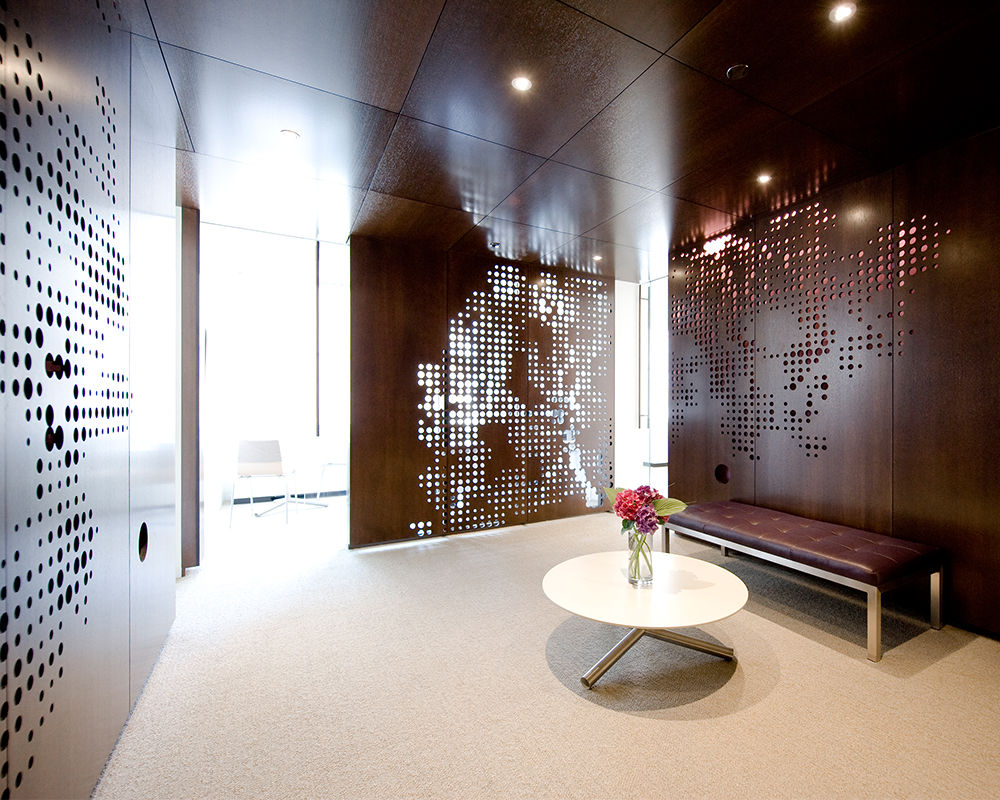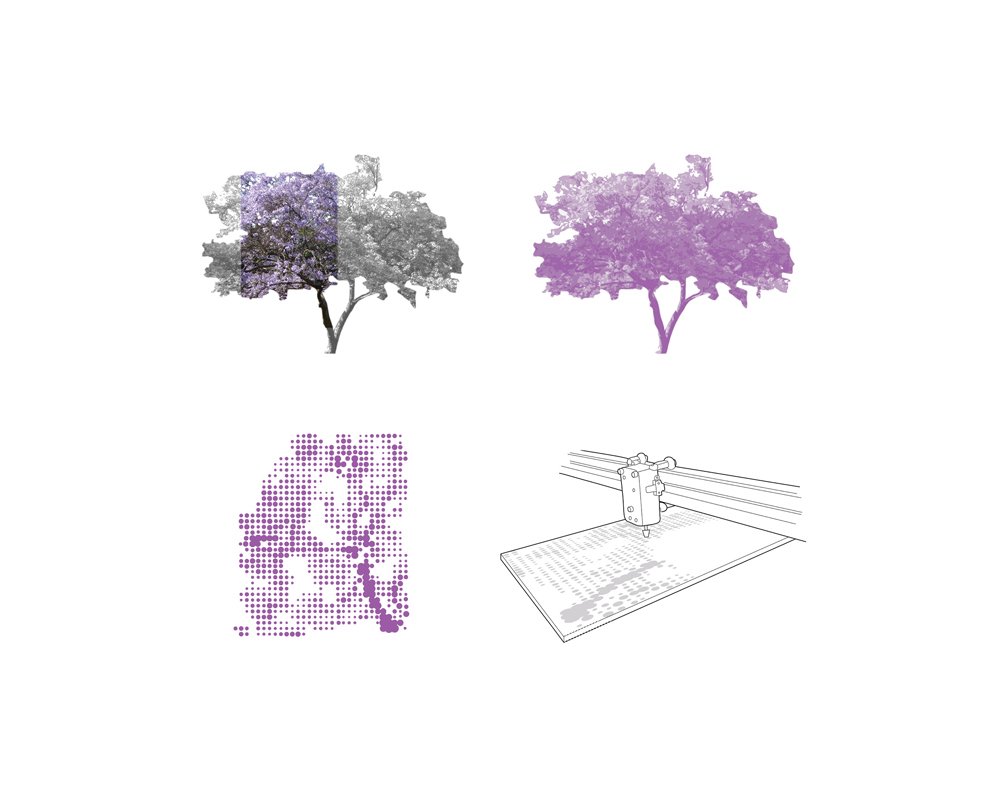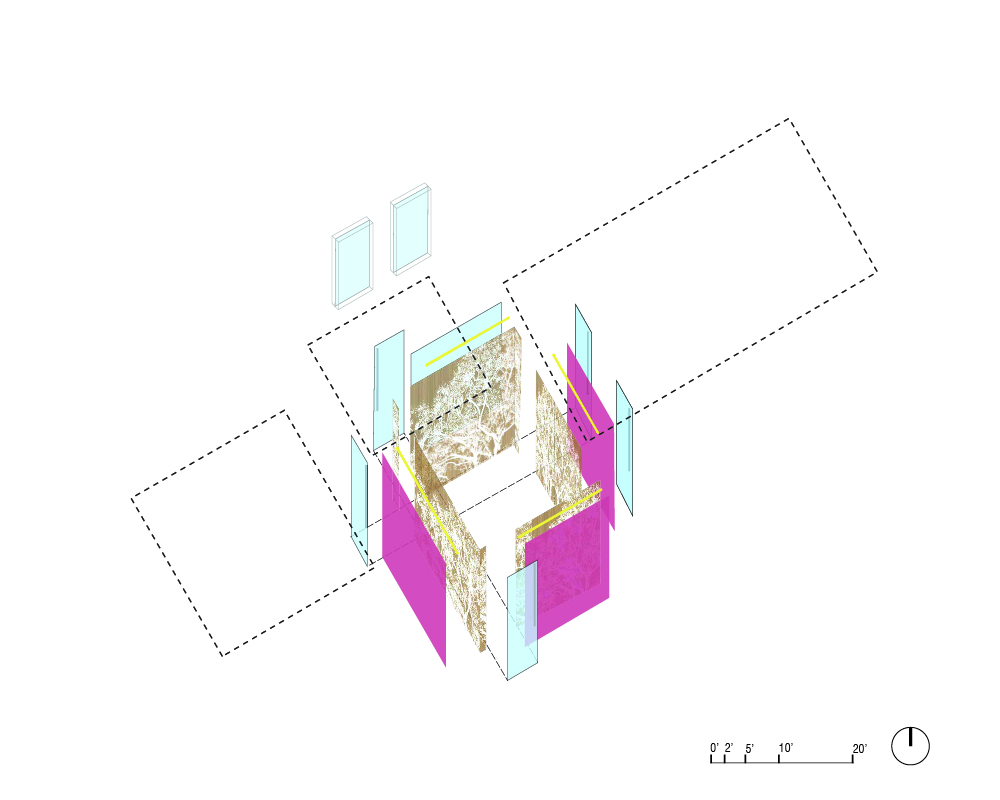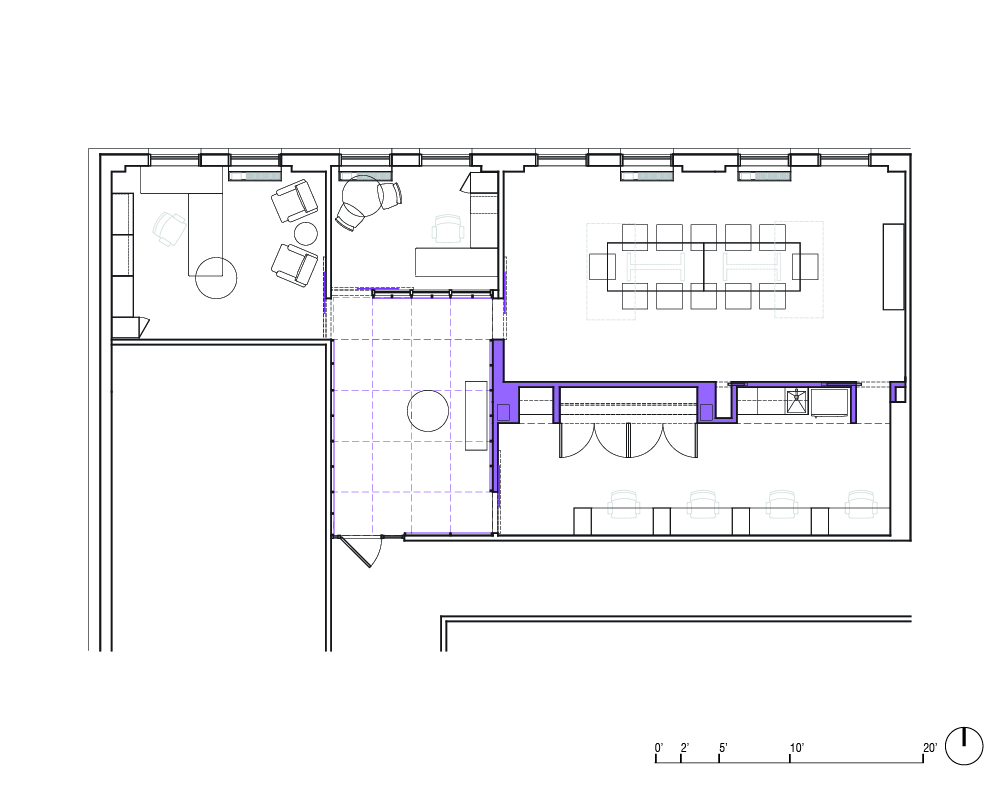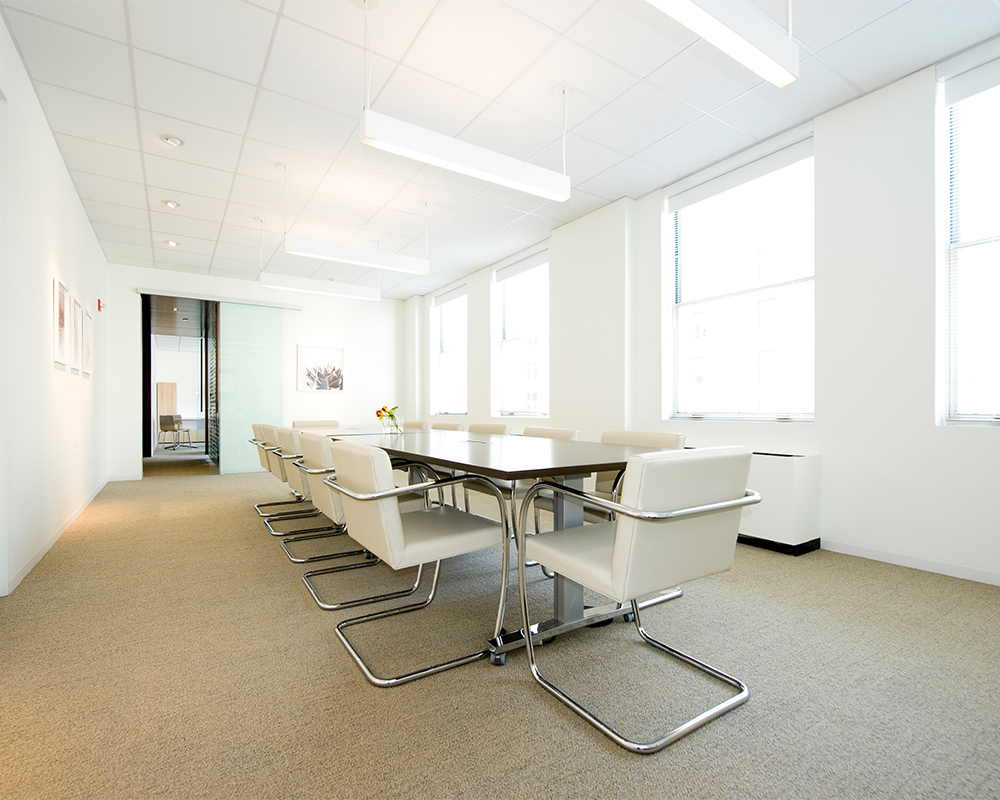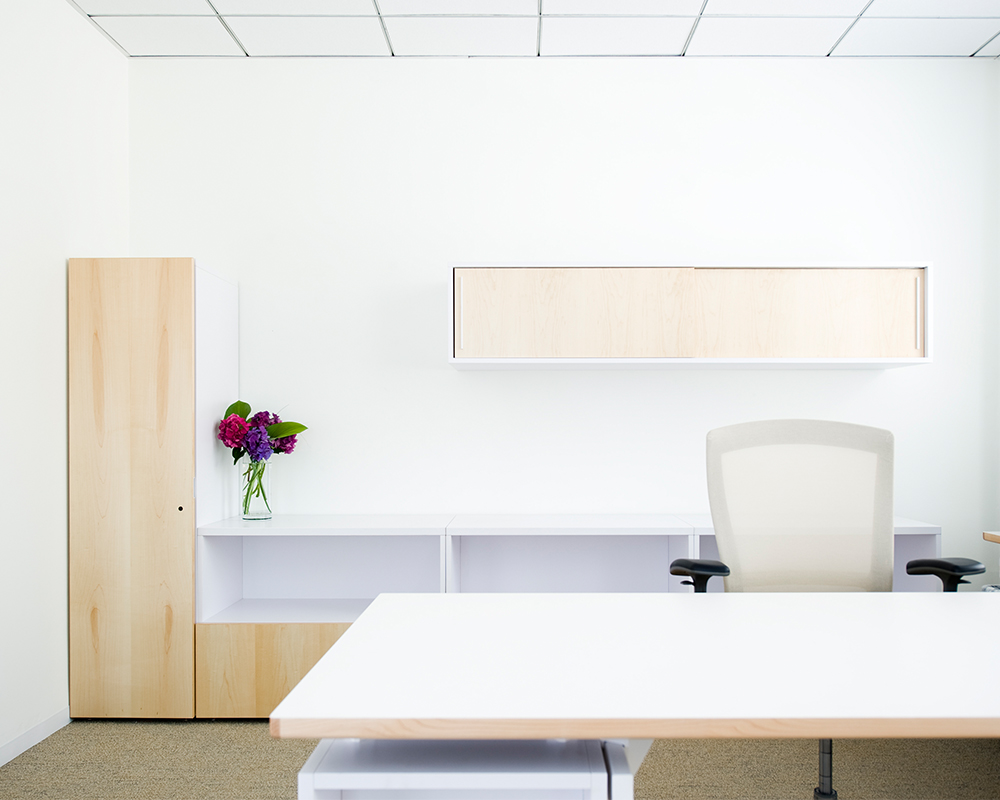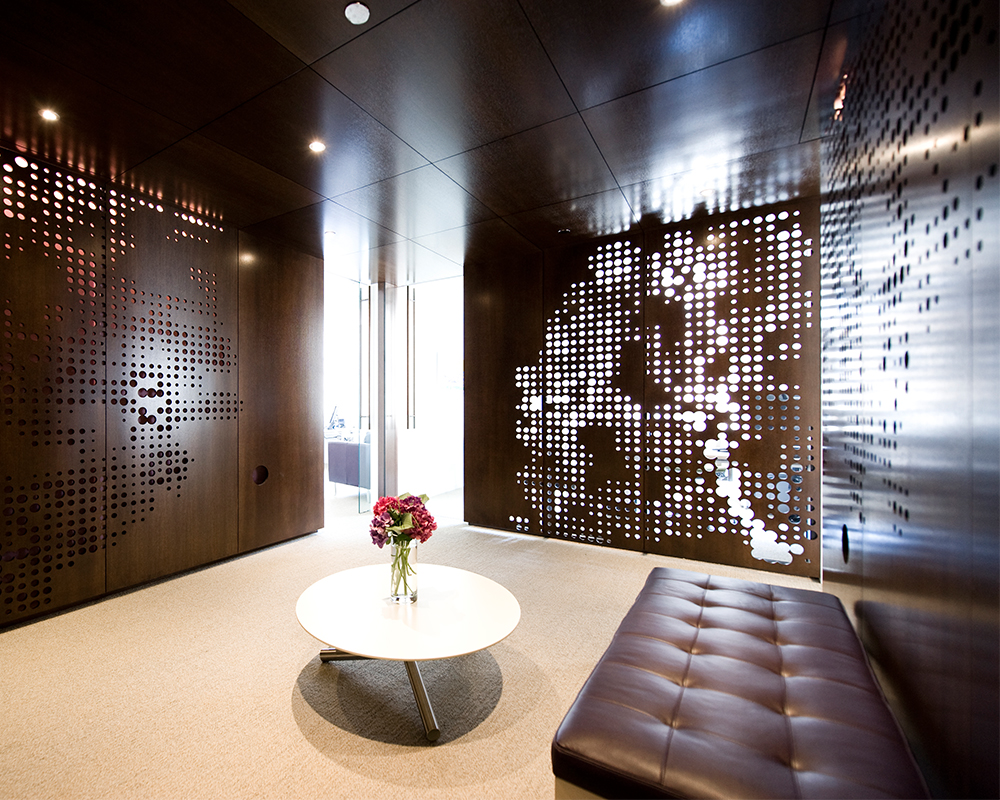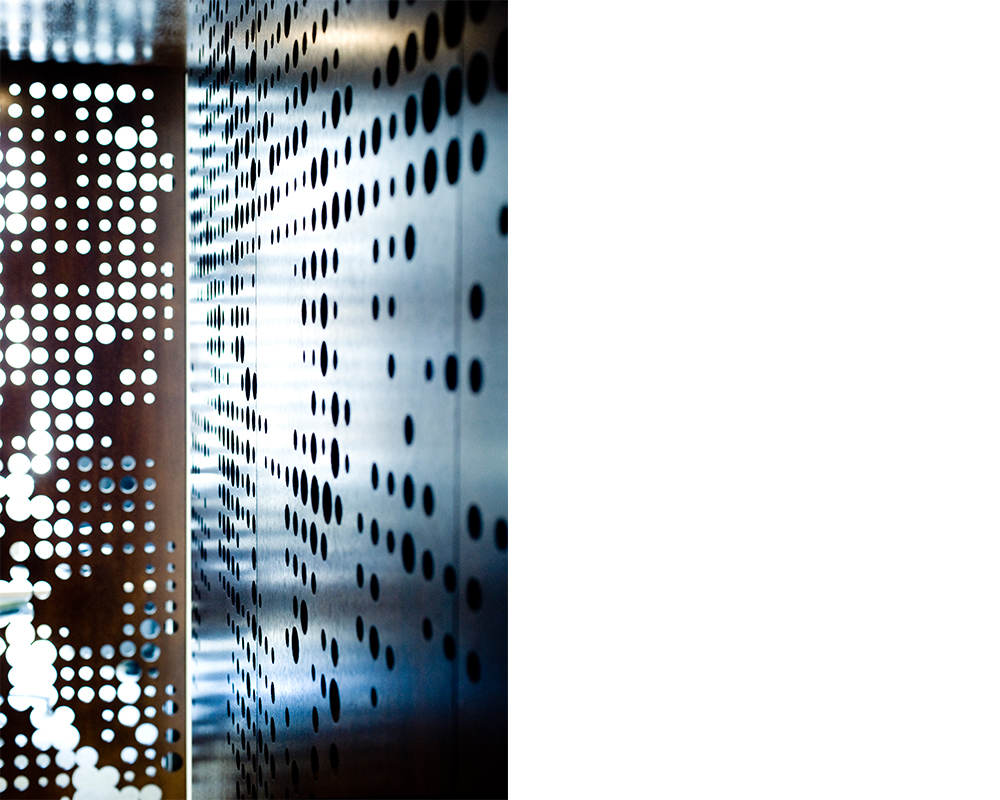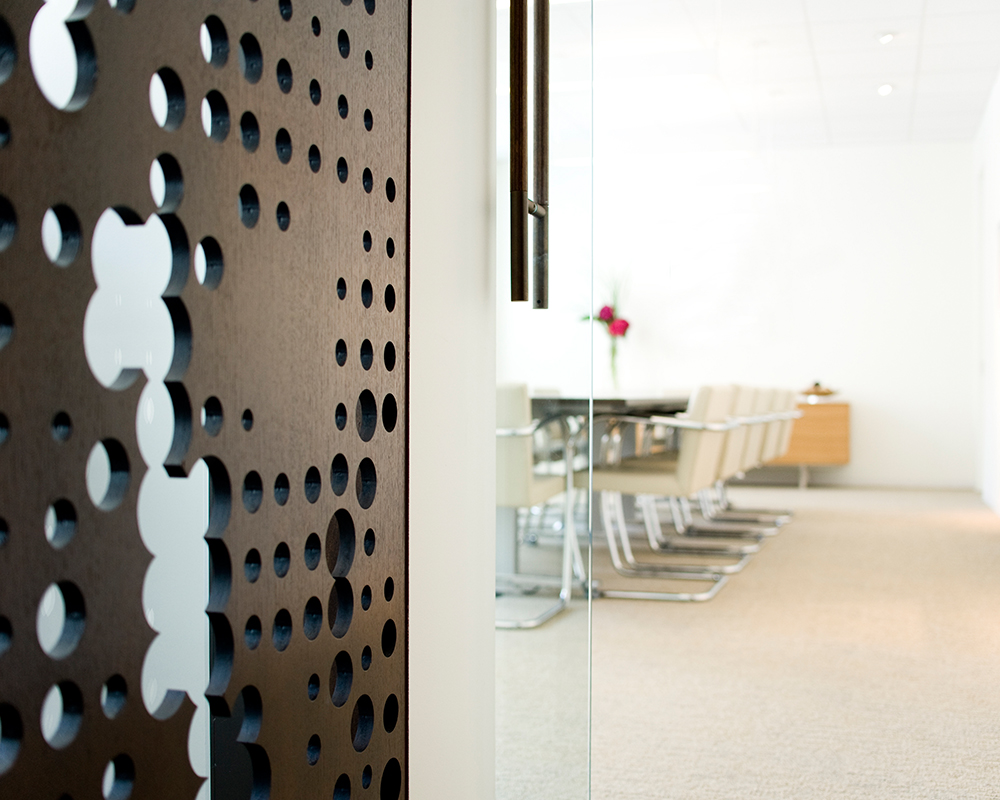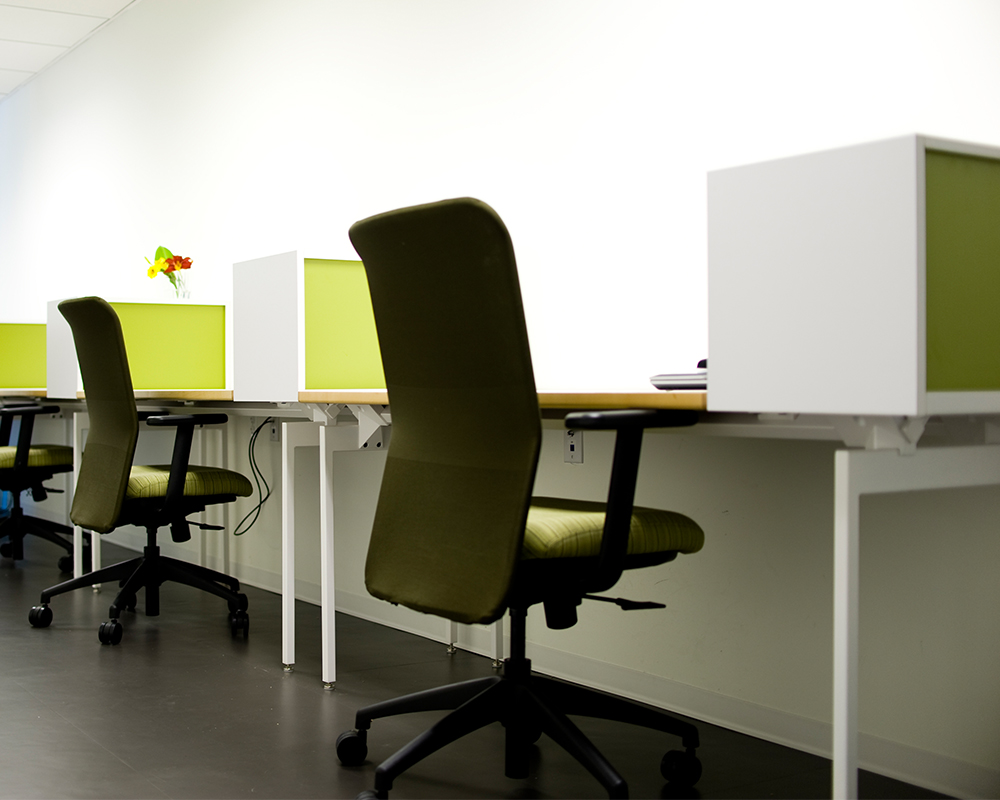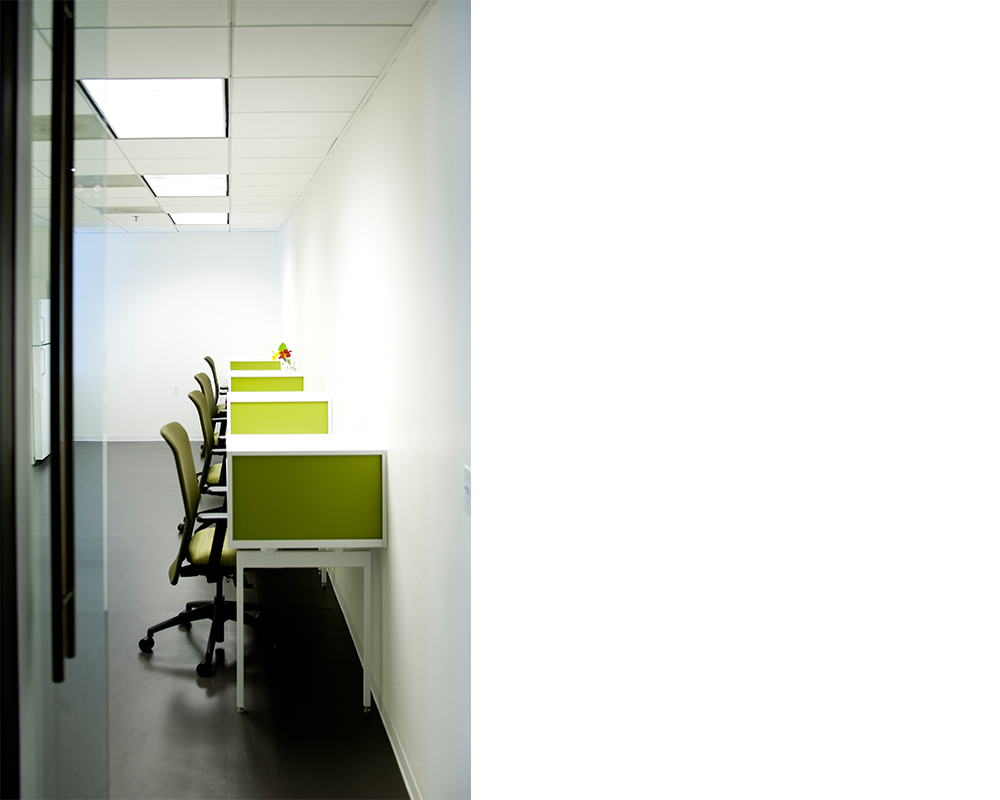MAKE A JACARANDA.
Washington, DC
1,300 SQFT
COMPLETED 2012
Awards
AIA DC 2012 Merit Award for Interior Architecture
Exhibitions
2013 AIA Emerging Professionals Exhibition
Publications
Architecture DC, Fall 2012: "Inside Story: Three Office Interiors, S, M, L"
Archi-versus, July 16, 2012: "University of Queensland, Washington DC"
plusMood, July 12, 2012: "University of Queensland, E/L Studio"
